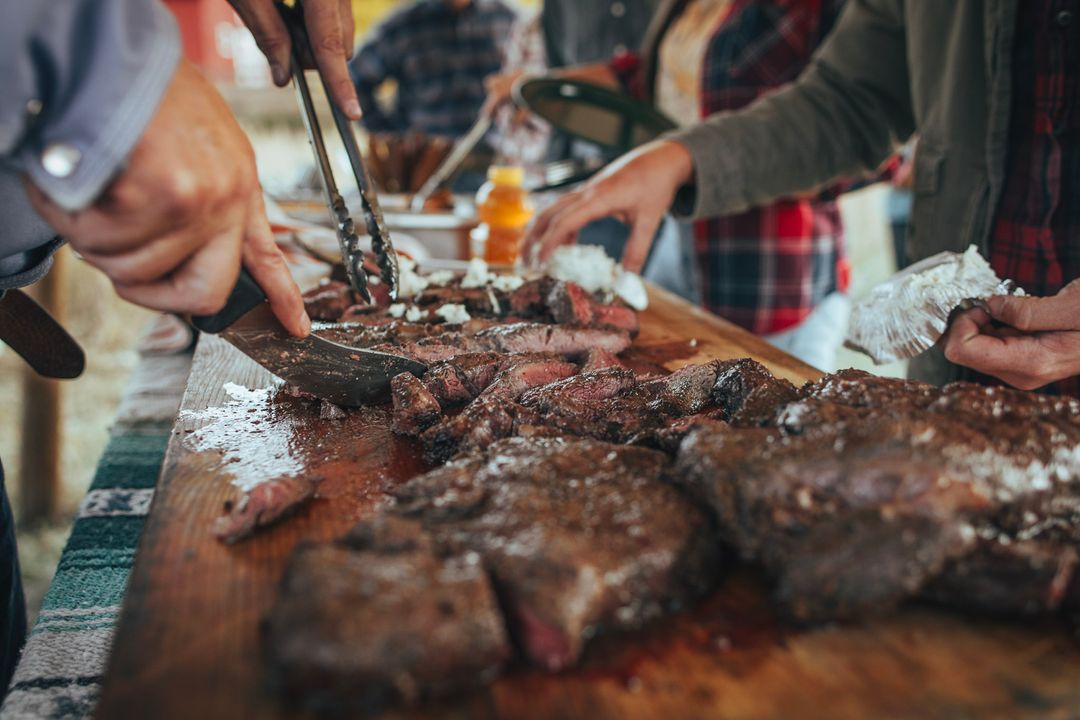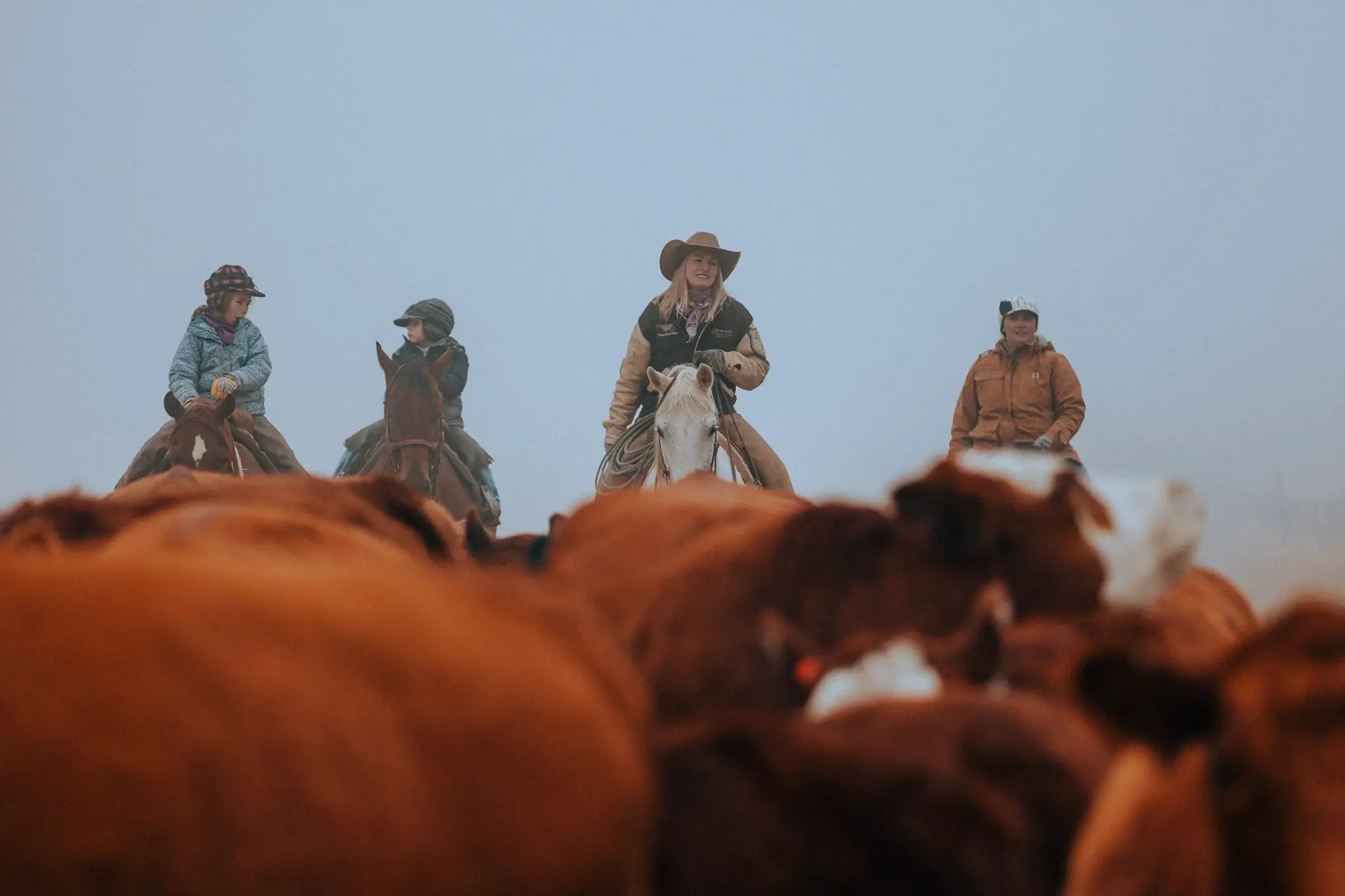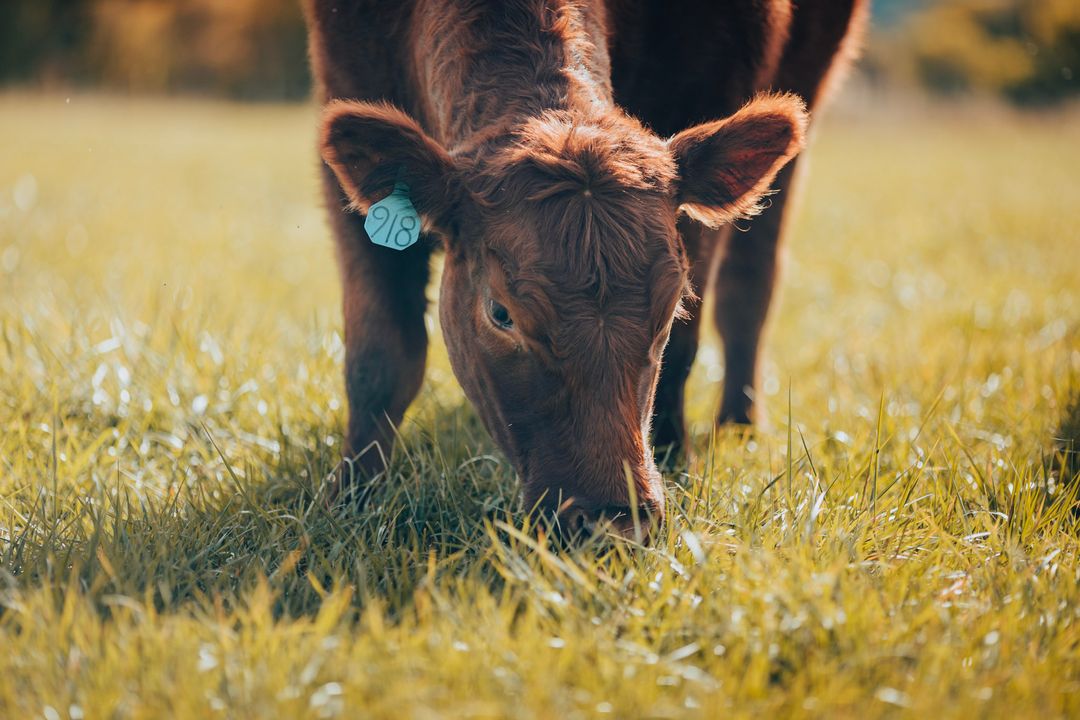
Choosing the Right Cut: A Guide to Prime, Choice, & Select Beef
THE GRADING SYSTEM
First, let's dive into how we developed the beef grading system. Back in 1902, a gentleman named Herbert Mumford wrote a bulletin explaining the need for a grading system for cattle. He reasoned that it would help determine market conditions and proposed 7 grades to help distinguish different beef—Prime, Choice, Good, Medium, Common, Cutter, and Canner. This grading system proved helpful during World War I as the military could specify the beef they wanted for their troops.
Today we have 8 grades—Prime, Choice, Select, Standard, Commercial, Utility, Cutter, and Canner. Prime, Choice, and Select are what we all commonly recognize and are what the USDA (United States Department of Agriculture) uses as food-grade labels. Standard and Commercial are generally ungraded beef sold as store-brand meat. Utility, Cutter, and Canner are rarely sold retail and are generally ground to produce ground beef for frozen meals or canned soups and goods.
Graders primarily look at specific areas when it comes to determining the quality or grade of beef. They look to see how it grades for tenderness, juiciness, flavor, and the amount of usable lean meat. There are key components that they look for in the grade, and I will explain each one. There is marbling, maturity, and yield grade.
MARBLING
Marbling is the fat content that you will find in the meat, it is also known as intramuscular fat. You can see this best in steaks if you head to your local grocery store. When you pick one up, look for skinny lines of fat that are thread-like running between the muscle fibers, somewhat looking like a marble pattern.
Generally, higher marbling content will yield a higher grade from the USDA. This is separate from the fat content on the outside of the beef, referred to as intermuscular fat.
MATURITY
Maturity refers to the age of the beef. The older the animal gets, the tougher and leaner the beef will become. For context, the younger the animal, the more tender the beef will be, yielding a higher grade.
YIELD GRADE
Yield grade is a method the certified USDA inspector uses to determine the usable meat on the carcass. It is on a scale of 1-5 and measures the layer of fat covering the beef or intermuscular fat. For example, they will measure four areas on the carcass: the hot carcass weight, the fat level at the 12th rib, the percent of kidney, heart, and pelvic fat, and finally, the ribeye area. A 1 is the most desirable, and a 5 means the least desirable with excess fat content.
SELECT BEEF
Select beef is known to be a leaner option than the other two grades. The quality is uniform across the entire cut and has a lower amount of fat content (marbling). Due to the lower amount of marbling, select beef is less tender and may not be as juicy as some of the other cuts. However, the health industry tends to like this option as it is a higher protein concentration with less fat content in the beef. About 21% of all beef will be graded Select.
CHOICE BEEF
We now move one grade up to Choice. This grade is higher quality and has greater marbling than that of select but is just below Prime. You will find this at your local Sam’s Club and Costco. On the packaging, you will see USDA Choice. About 50% of all beef will be graded Choice.
PRIME BEEF
Finally, the holy grail of beef, Prime. This grade is where all the big boys want to play. It has a higher content of marbling with great yield. This is everything you could want, it is what all cattle ranchers dream of having. You will find Prime in higher-end steak houses or higher-tiered grocery stores. Only 5-6 percent of all beef will be graded prime, showing how hard it is to achieve.
Now for all you math wizards out there, you’re probably thinking, well, 21 + 50 + 5-6 does not equal 100%. You are correct. The remaining beef will be categorized into those other grades—Standard, Commercial, Utility, Cutter, and Canner.
Also, did you know that all beef in the United States has to be inspected, but not all beef has to be graded? The grade is 100% voluntary and is generally paid for by the beef packers (processing facility).


